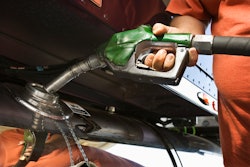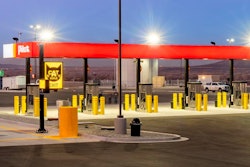When driving along an open-road interstate in optimal weather with very little traffic and no pedestrians, looking at a cell phone for a handful of seconds, while still illegal, isn’t very dangerous. It’s different when a driver is speeding and tailgating in a high-traffic area. In that scenario, the risk of a collision increases significantly.
It's a combination that could get a driver killed, and that’s what Nauto’s artificial intelligence system monitors to reduce in-cab alerts that could ultimately be an even bigger distraction and risk factor.
In-cab camera video and drop-in driver coaching are seeing wider adoption across the fleet industry, but solutions that take a watchful eye approach at every turn and mile will not go the distance.
Fleets are finding a precision-based AI with a co-pilot model that allows for self-correction to be more effective than a supervisor being able to view drivers via dashcam at any moment and provide real-time feedback. And the demand for higher quality AI is on the rise as its accuracy is critical to avoid alert fatigue and false alerts.
Based on Nauto’s ROI data, drivers welcome predictive warnings but want the opportunity to correct and improve their performance on their own.
“That they don't mind, that's not true. Drivers are very sensitive to [in-cab cameras],” said Nauto CEO Stefan Heck. “You might be picking your nose. In our system, no one will ever know that unless picking your nose causes a collision.”
Nauto’s system records only in the instance of high-risk actions or a collision. It doesn’t allow supervisors to control when recording occurs; the AI tells the system when to record.










